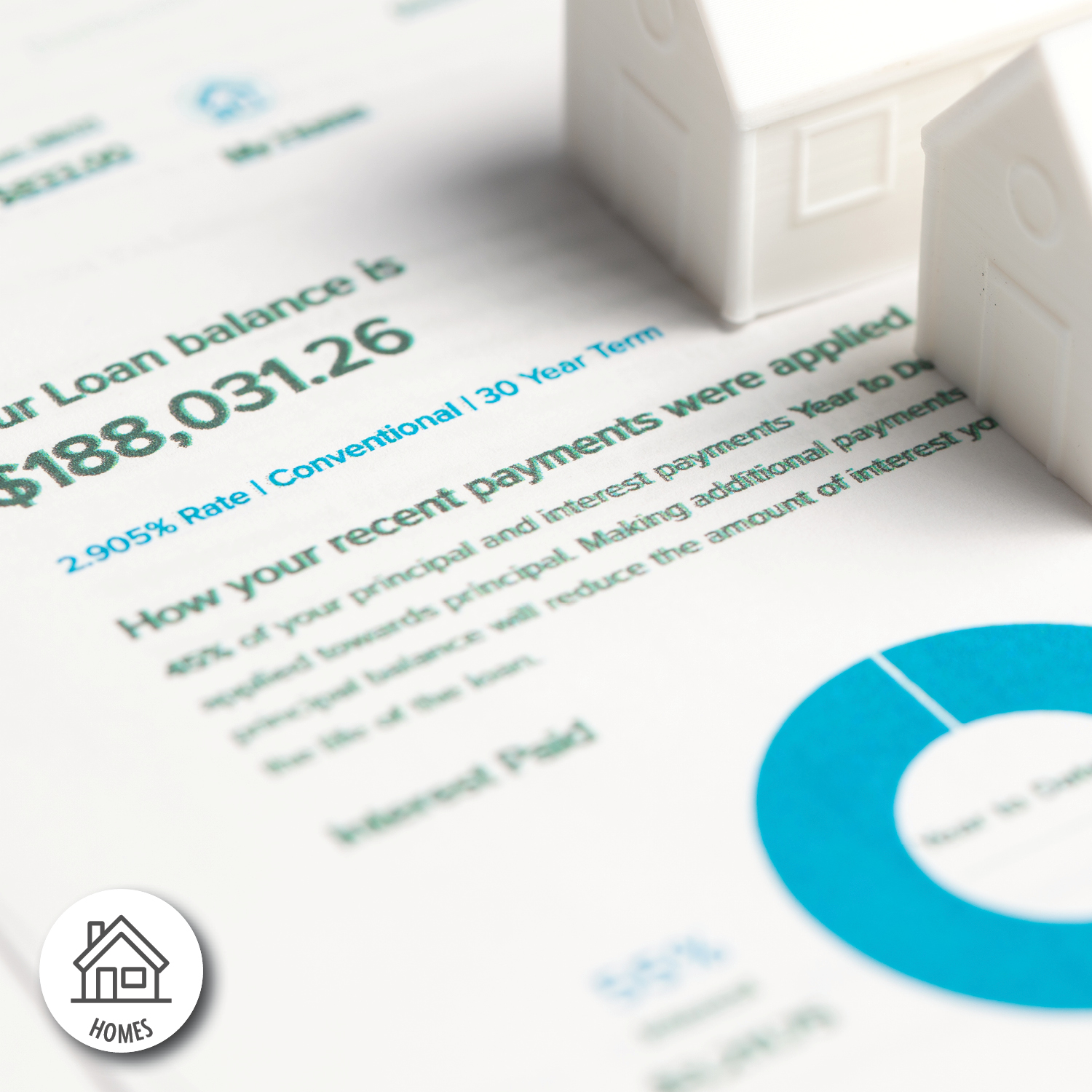The Anatomy of a Mortgage Payment

Purchasing a home may be the largest financial transaction you’ll make during your lifetime. Once the dust settles, and you’ve finished closing the sale, you’ll be the proud owner of a new home — and a mortgage payment into the foreseeable future.
Trying to understand your mortgage payment can be like trying to decode a secret language. What do all the various terms mean?
No worries; we can help! Let’s take a look at each component of your mortgage payment, explain how it’s calculated and offer tips for managing your payments effectively.
Principal
The principal of your mortgage is the amount of money you borrow from your lender to purchase your home. For example, if you buy a house for $300,000 and put down $60,000, your principal is $240,000. A portion of each mortgage payment goes toward paying down this principal. In the early years of your mortgage, a smaller portion of your payment goes toward the principal, with the majority paying toward interest. As time goes on, this balance shifts, and more of your payment goes toward the principal.
Interest
Interest is the cost of borrowing money from your lender. It’s typically expressed as an annual percentage rate (APR). The interest rate you receive depends on several factors, including your credit score, the size of your down payment and the current market rates. There are two main types of interest rates: fixed and variable. A fixed-rate mortgage keeps the same interest rate for the life of the loan, while a variable-rate mortgage can change over time based on market conditions.
Interest is calculated on the outstanding principal balance. For example, if your annual interest rate is 4%, and your principal is $240,000, your annual interest cost would be $9,600. When divided by 12, you identify your monthly interest amount. As time passes and you pay down the principal balance, the amount of interest you owe each month also decreases.
Property taxes
Property taxes are levied by local governments and are based on the assessed value of your property. These taxes fund essential services in your community, such as schools, police and fire departments and road maintenance. The amount of property taxes you pay will vary widely depending on your location. To ensure taxes are paid on time, lenders may require borrowers to pay a portion of their property taxes each month into an escrow account. The lender then uses the funds in this account to pay your property tax bill when it comes due.
Homeowners insurance
Homeowners insurance protects your property and belongings from damage or loss due to events like fires, storms and theft. Most lenders require borrowers to carry homeowners insurance, so your choice will not be whether to get insurance, but how much coverage to purchase. Similar to property taxes, lenders may also require you to pay a portion of your insurance premium each month into an escrow account. The lender then pays your insurance premiums from this account.
Private mortgage insurance
If your down payment is less than 20% of the home’s purchase price, your lender will likely require you to carry private mortgage insurance (PMI) to protect the lender in case you default on your loan. The cost of PMI varies, but it will typically range between 0.3% and 1.5% of the original loan amount per year. Once you have built up 20% equity in your home, you can usually request to cancel PMI.
Additional components
Depending on where you live, your mortgage payment might include additional components:
- HOA fees. If you live in a community with a homeowners association (HOA), you may need to pay monthly or annual fees. These fees cover the maintenance of common areas and other community services.
- Special assessments. In some cases, special assessments may be levied by your local government or HOA for large public projects like road improvements or community renovations.
Tips for managing mortgage payments
Your mortgage payment may take the biggest bite out of your monthly budget. Here’s how to manage the payments:
Budget for your payments: Create a budget that includes your mortgage payment and other homeownership costs. Be sure to account for maintenance, repairs and utilities in addition to your monthly mortgage payment.
Refinancing: If interest rates have dropped since you took out your mortgage, consider refinancing. Refinancing can lower your interest rate and/or monthly payment. It’s also a great means for switching from a variable to a fixed-rate mortgage.
Extra payments: Making extra payments toward your principal can help you pay off your mortgage faster and save on the interest paid over the life of the loan. Even small additional payments can make a significant difference.
Understanding the anatomy of a mortgage payment is essential for managing your finances. Use this guide to learn about the components of your mortgage and how to manage your payments effectively.
